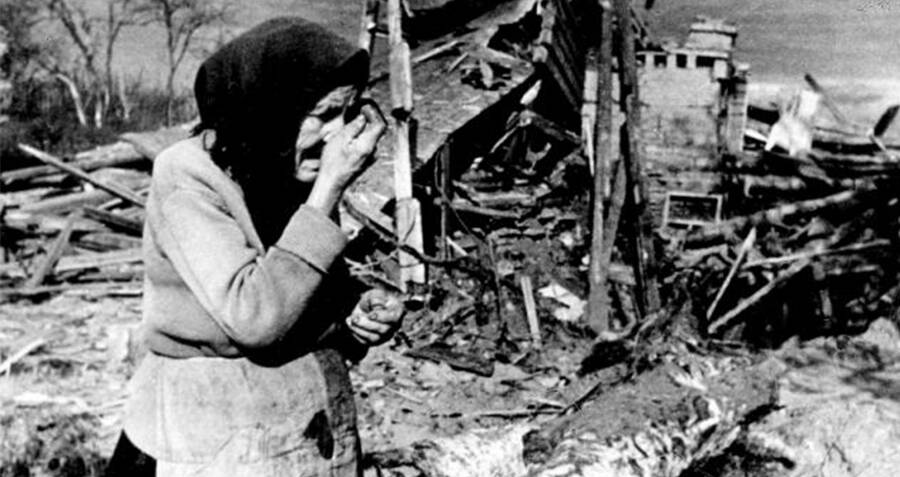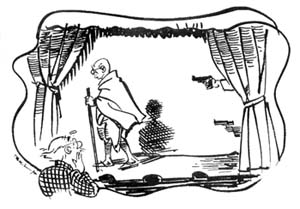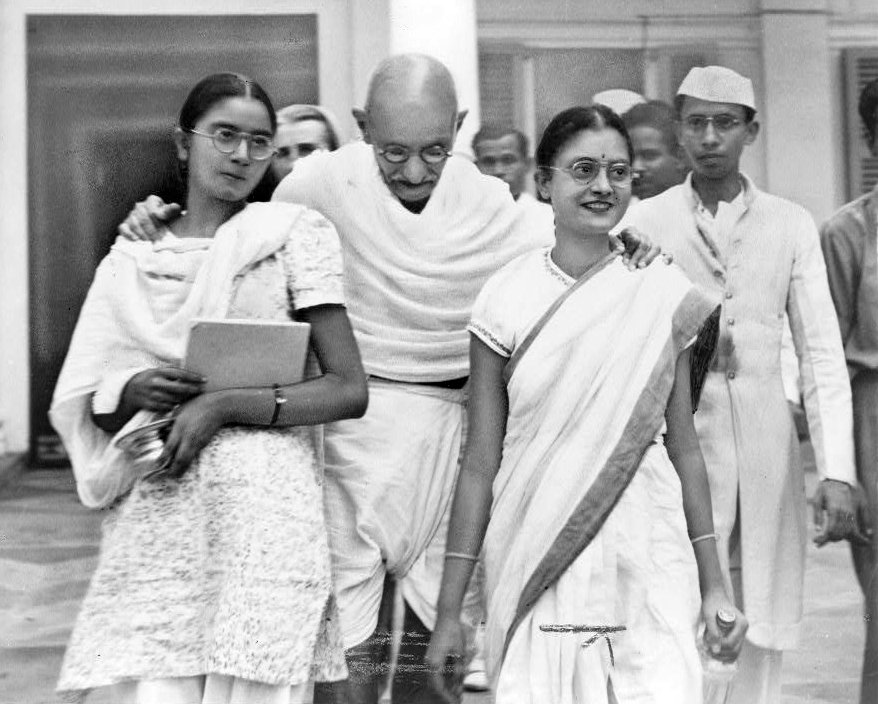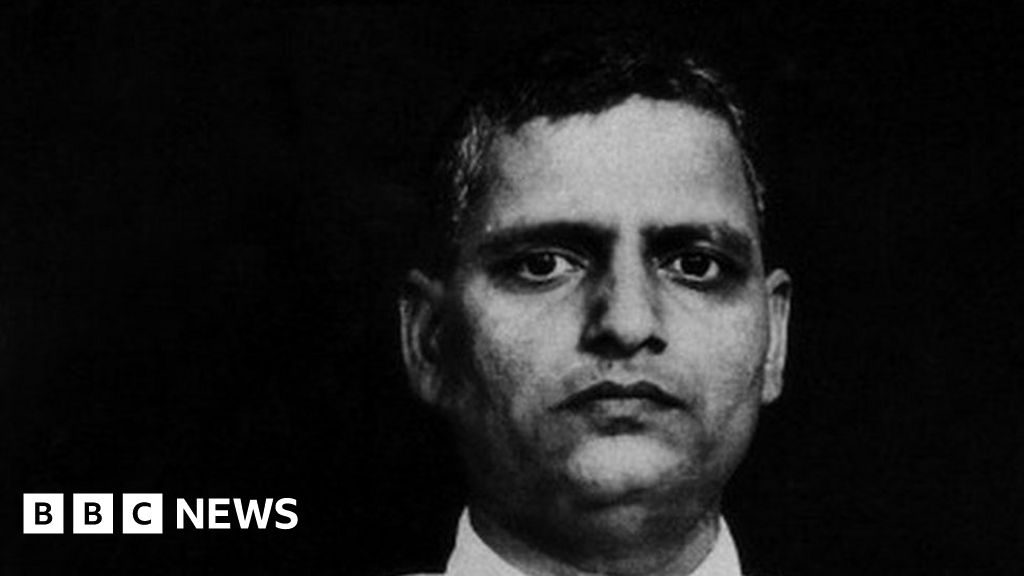Paul Drake
Well-Known Member
RIP Meatloaf





 www.upi.com
www.upi.com

I saw that he died but didn't recognize the name. I hadn't watched "WKRP in Cincinnati"RIP Dr. Johnny Fever. Howard Hesseman.
